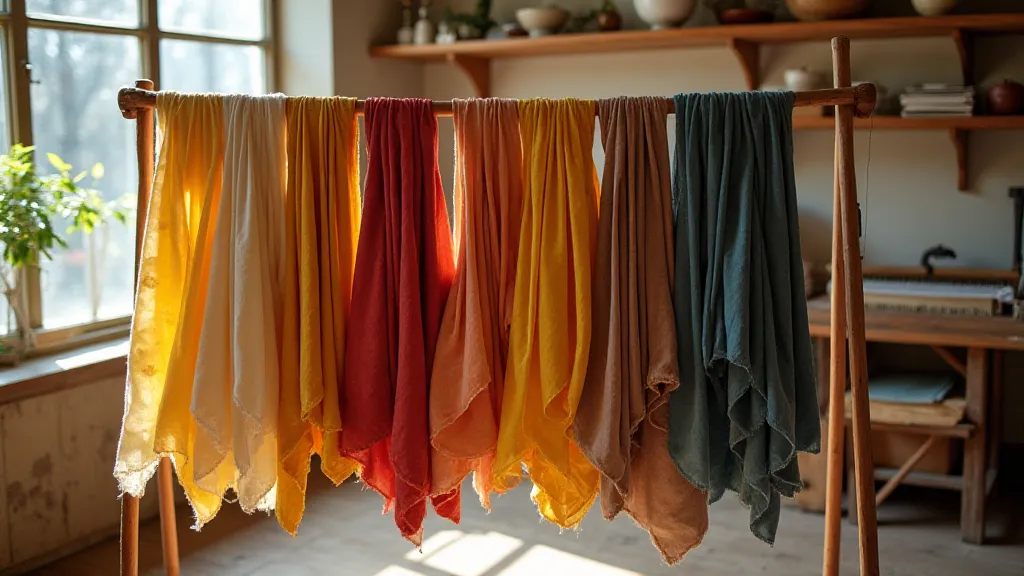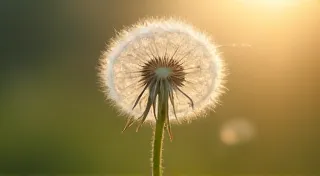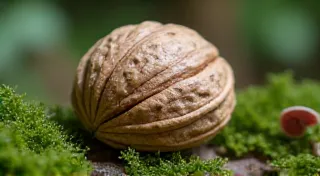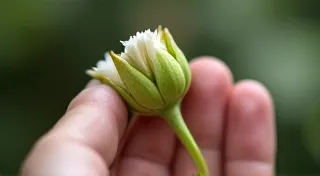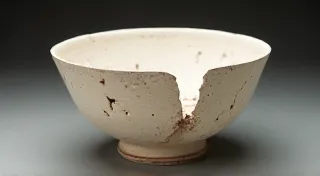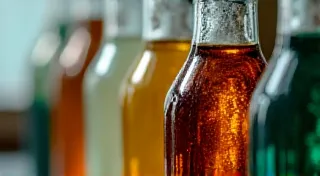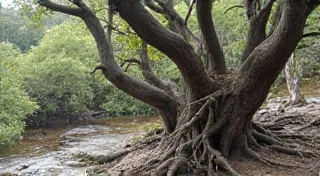The Alchemist’s Garden: Cultivating Natural Dyes
There's a quiet magic in the process of making color. Not the instant gratification of squeezing a plastic bottle, but the slow, deliberate alchemy of coaxing hues from the earth. My own journey into natural dyeing began, not with a passion for textiles, but with a yearning for something lost – a connection to a simpler, more tactile way of life. It feels, somehow, akin to the meticulous restoration of an antique accordion; uncovering layers of history, revealing the inherent beauty that time and neglect attempted to obscure. The patience required, the intimate understanding of materials, the sheer craftsmanship involved, it's all so profoundly satisfying.
For generations, humans have understood this magic. Before the advent of synthetic dyes, color wasn’t something you bought – it was something you cultivated. From the vibrant indigo of Japan to the earthy ochres of the American Southwest, communities developed intricate systems for extracting pigments from plants, minerals, and even insects. These weren’t just color palettes; they were interwoven with culture, spirituality, and a deep understanding of the local ecosystem. This understanding, and the skills to pass it down, is a precious heritage. Consider, for instance, the rich palette derived from saffron—a thread of sunlight woven into the very fabric of history, as explored in a beautiful article about Saffron Threads: Weaving Sunlight into Fabric. The spectrum of possibilities is truly astonishing.
The modern world often feels disconnected from these rhythms. We’re encouraged to consume, not to create. Yet, there's a growing desire to reconnect – to rediscover the joy of making something beautiful and sustainable with our own hands. Growing a natural dye garden is one way to do just that. It's a journey of learning, experimentation, and – yes – a fair bit of patience. But the rewards are immeasurable.
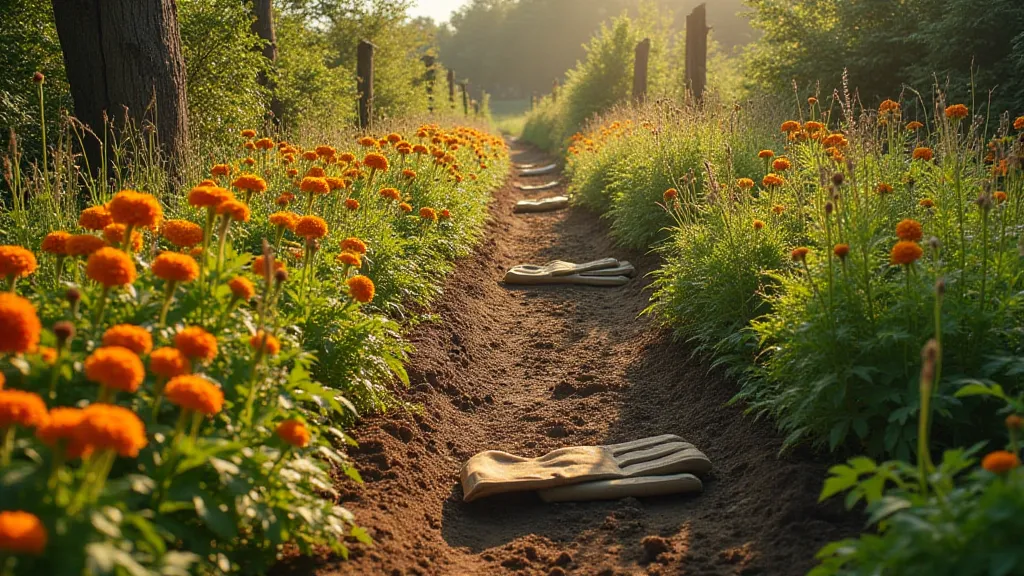
Not all plants yield vibrant, colorfast dyes. Some are prolific color producers, while others offer subtle nuances. Starting small is key. Think about the colors you’re drawn to. Marigolds offer warm yellows and oranges. Woad, though demanding, provides stunning indigos. Madder root produces a range of reds and pinks – a staple in many historical textile traditions. Goldenrod can yield delightful yellows, though often more fugitive. The possibilities are surprisingly vast. Consider your local climate and soil conditions – choose plants that thrive in your region. Many dye plants are wildflowers or considered weeds, proving remarkably adaptable and resilient.
Beyond the obvious, consider the value of overlooked plants. Dandelion root, for example, can create surprisingly rich yellows. Onion skins, a waste product in many kitchens, provide a range of browns and oranges. Even avocado pits and skins can yield pinks and roses, though their colorfastness can be a challenge. Experimentation is crucial. Keep a detailed notebook – record the plant, the method of extraction, the mordant used (we’re getting to those!), and the resulting color. This becomes your personal dye recipe book. The process of understanding how decay and transformation can unlock unexpected hues is fascinating; it's a principle echoed in the artistry of walnut dyeing, discussed further in Walnut's Lament: Decay and Transformation in Dye. Recognizing how natural processes can shape and refine our color palette adds another layer of depth to the craft.
Simply crushing a plant and rubbing it on fabric won’t magically create a permanent dye. The process is far more complex – a delicate dance of chemistry and observation. Generally, dye extraction involves soaking the plant material in water, often with a bit of heat to help release the pigments. The length of soaking time, the water temperature, and even the pH of the water can all influence the resulting color. Some plants require fermentation – a process where beneficial bacteria break down the plant material, releasing the pigment more effectively. This is particularly true for indigo.
Once the dye bath is ready, the fabric is immersed. But even then, the color isn't entirely stable. This is where mordanting comes in. A mordant is a substance that helps the dye bond to the fabric fibers. Historically, alum (potassium aluminum sulfate) was a common mordant, derived from mineral deposits. Other options include iron (which can shift colors towards darker, more muted tones), and tannin (found in oak galls and tea). The choice of mordant significantly impacts the final color and its longevity.
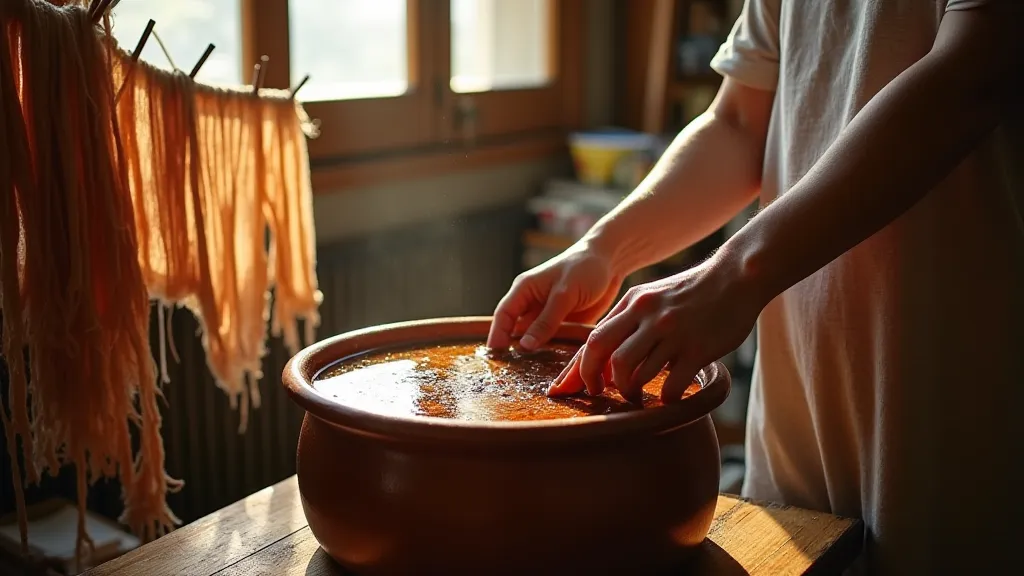
Growing and extracting natural dyes isn’t always easy. Some plants are notoriously difficult to grow. Indigo, for instance, demands specific soil conditions and a meticulous fermentation process. Colorfastness can be a persistent challenge – some dyes fade quickly when exposed to sunlight or washing. And sometimes, despite your best efforts, the results are simply disappointing. The color might be dull, uneven, or completely unexpected. It's not unlike the subtle shifts and complexities involved in recreating ancient dye recipes, as explored in a thought-provoking piece on Echoes of the Past: Reinterpreting Ancient Dye Recipes. It's about embracing the unexpected and learning from the process itself.
But it’s in these challenges that the true beauty of the process lies. The failures teach us as much as the successes. They force us to pay closer attention, to refine our techniques, to deepen our understanding of the materials. And when, after all that effort, a vibrant, unique color emerges from the earth, the feeling of accomplishment is profound. Understanding the earth’s palette requires a respect for its nuances—a deep appreciation for the colors that emerge from the soil, rocks, and plants around us.
The art of natural dyeing is a living tradition. It’s a connection to our ancestors, to a time when humans lived in closer harmony with nature. As we rediscover these ancient skills, we have a responsibility to preserve them – to pass them on to future generations. Sharing knowledge, collaborating with others, and celebrating the beauty of natural dyes are all essential. Just as the restoration of an antique accordion preserves a piece of musical history, so too does the practice of natural dyeing preserve a vital part of our cultural heritage.
Think about the intricate details found in antique textiles – the subtle variations in color, the delicate patterns, the sheer artistry of the craftsmanship. These weren’t simply functional items; they were expressions of culture, of skill, of a deep connection to the land. The colors themselves tell a story—a narrative of the environment, the techniques, and the people who created them. The rich ochre hues, for example, represent a connection to the earth’s embrace—a testament to the enduring relationship between humans and the landscape. This resonates deeply within the craft, an essence conveyed in detail in Ochre's Song: Earth's Embrace in the Dye.
By cultivating our own dye gardens, by experimenting with natural pigments, and by sharing our knowledge, we can keep this legacy alive, one vibrant color at a time. The journey is a reminder that beauty, sustainability, and a profound sense of connection can be found in the simplest of things – a handful of seeds, a pot of water, and the patient hand of the alchemist. A connection to the land and a commitment to preserving traditional skills are essential for ensuring that these vibrant colors continue to enrich our world for generations to come. The preservation of this art is not merely about replicating colors; it's about upholding a way of life, a philosophy that honors the interconnectedness of all things. The careful and considered approach to obtaining color from natural sources stands as a testament to the enduring power of human ingenuity and creativity.
